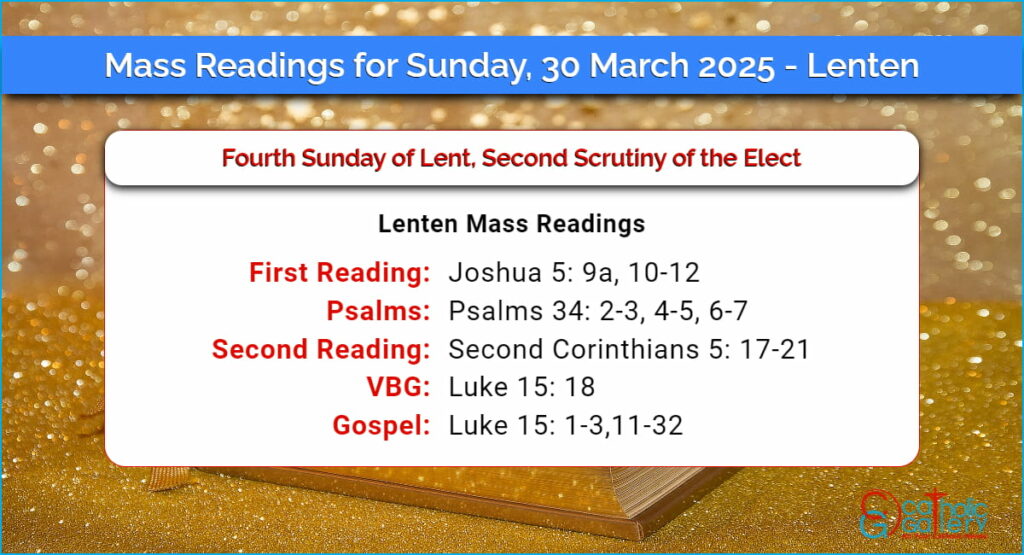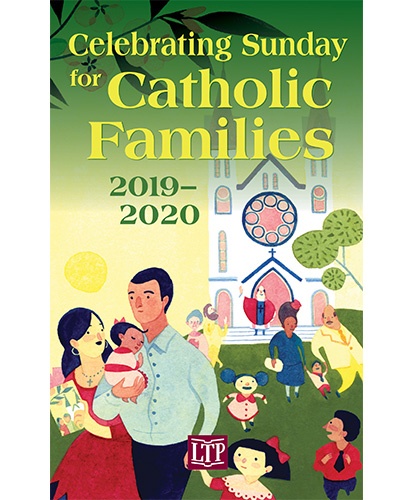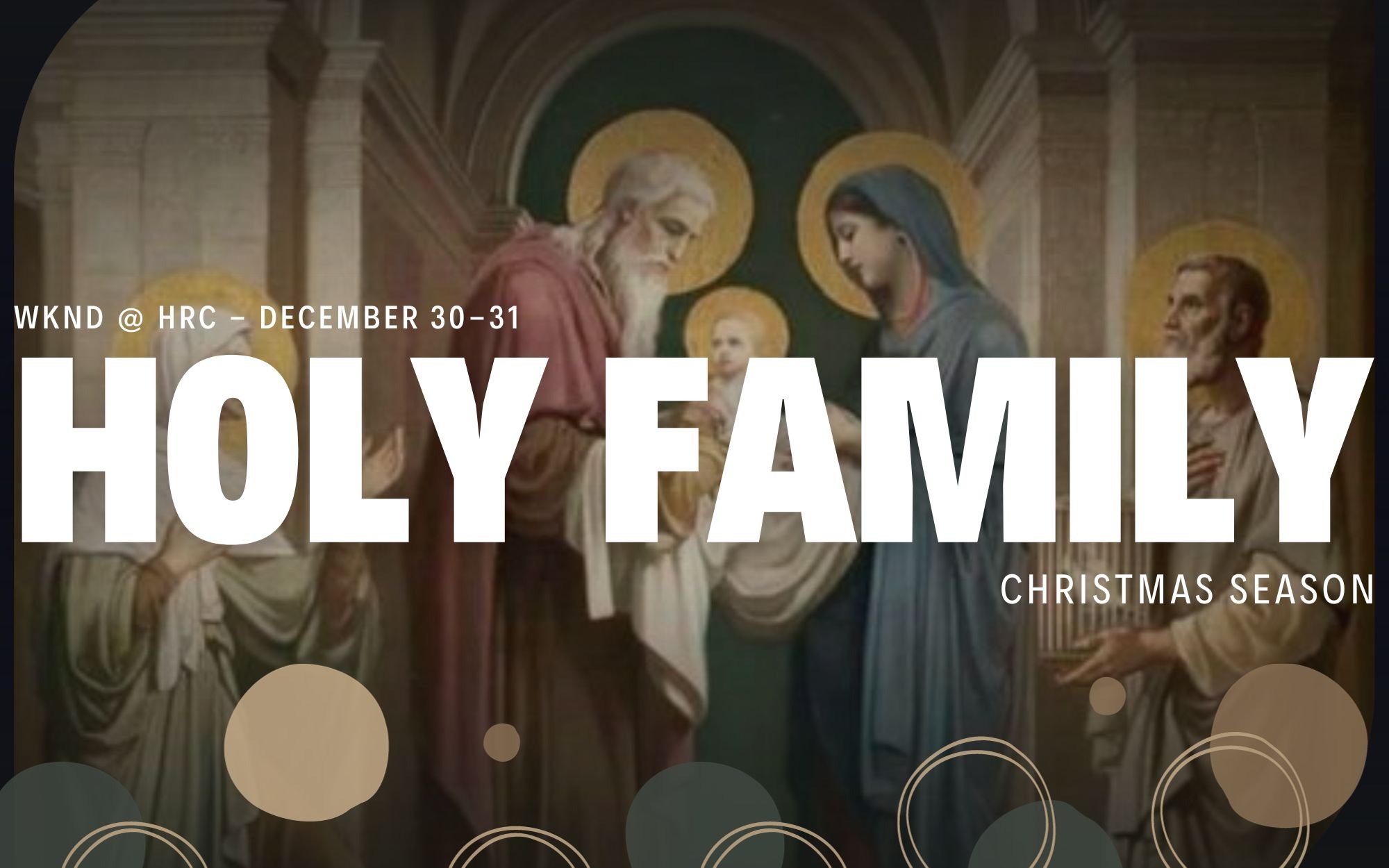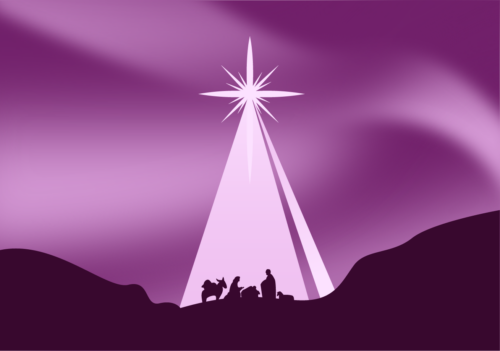End of Catholic Christmas Season 2025: A Liturgical Transition from Incarnation to Mission

As the final echoes of carols fade and the last twinkling lights are carefully packed away, the Catholic Church prepares to mark the solemn conclusion of its Christmas season. Far from the secular calendar’s abrupt end on December 26th or January 1st, the liturgical Christmas season extends into the new year, culminating in the Feast of the Baptism of the Lord. For 2025, this significant transition will occur on Sunday, January 12th, when the Church celebrates the Baptism of the Lord, officially ushering in the period of Ordinary Time. This extended celebration is a profound testament to the richness of Catholic tradition, inviting the faithful to delve deeper into the mysteries of Christ’s Incarnation before embarking on the journey of His public ministry.
The Catholic liturgical year is a carefully structured cycle designed to unfold the entire mystery of Christ, from His birth to His resurrection and ascension, and the sending of the Holy Spirit. It is divided into distinct seasons, each with its own unique theological focus, colors, and prayers. Advent, a period of hopeful anticipation, prepares the way for Christmas. The Christmas season itself, therefore, is not merely a single day but an extended period of joyful celebration, meditating on the profound truth of God becoming man. This season begins on the vigil of Christmas (December 24th) and continues through the Feast of the Baptism of the Lord. It is a time saturated with the light of Christ, emphasizing themes of peace, joy, hope, and the transformative power of divine love made manifest in the Christ Child.
Within this sacred span, several key feasts punctuate the celebration, each adding a layer of theological depth and spiritual significance. Following Christmas Day (Wednesday, December 25th, 2024), the Church quickly moves to the Feast of the Holy Family, typically celebrated on the Sunday after Christmas. This feast offers a beautiful reflection on the domestic life of Jesus, Mary, and Joseph, presenting them as a model for all families. As the calendar turns to the new year, the Solemnity of Mary, Mother of God, is observed on Wednesday, January 1st, 2025. This feast, a Holy Day of Obligation, honors Mary’s unique role in salvation history as the Theotokos, the God-bearer, and serves as a powerful invocation for peace in the new year.
The next major milestone in the Christmas season is the Solemnity of the Epiphany of the Lord. Traditionally celebrated on January 6th, in many regions, including the United States, the Epiphany is transferred to the Sunday between January 2nd and January 8th to ensure greater participation. For 2025, this means the Epiphany will be celebrated on Sunday, January 5th. The word "Epiphany" means "manifestation" or "revelation," and this feast commemorates the manifestation of Christ to the Gentiles, symbolized by the adoration of the Magi. It is a powerful reminder that Christ came not just for a chosen few, but for all peoples, calling them into His saving light. The Epiphany highlights the universal scope of salvation, showing the infant Jesus being recognized as King, Messiah, and God by those from distant lands. Traditions associated with Epiphany, such as the blessing of homes with chalk (marking the doorframe with the year and the initials of the Magi, C+M+B, standing for "Christus Mansionem Benedicat" – May Christ bless this house), serve as tangible expressions of faith and a continuation of the Christmas blessing into daily life.
The culmination of the Christmas season is the Feast of the Baptism of the Lord. In 2025, this feast will be observed on Sunday, January 12th. This day marks a pivotal transition in the life of Christ and, consequently, in the liturgical year. While Christmas celebrates the Incarnation – God becoming man in the humility of the manger – the Baptism of the Lord commemorates the beginning of Jesus’ public ministry. At His baptism in the Jordan River by John the Baptist, Jesus is revealed as the Son of God, with the voice of the Father proclaiming, "This is my beloved Son, with whom I am well pleased," and the Holy Spirit descending upon Him in the form of a dove. This event is a profound theological moment, revealing the Holy Trinity and inaugurating Jesus’ mission to preach the Gospel, heal the sick, and ultimately, to offer Himself for the salvation of humanity.
The transition from the Epiphany to the Baptism of the Lord beautifully illustrates the unfolding narrative of Christ’s life. From being revealed to the Gentiles at Epiphany, He is then publicly affirmed as the Son of God, ready to embark on His mission. The end of the Christmas season, therefore, is not an abrupt cessation of joy, but a natural progression. It signifies a shift from contemplating the mystery of the Incarnation in its nascent form to embracing the implications of that Incarnation for our lives and for the world. The innocent babe of Bethlehem grows into the adult Messiah, ready to engage with humanity and call disciples to follow Him.
With the conclusion of the Christmas season on January 12th, 2025, the Church enters Ordinary Time. This period, which comprises the longest part of the liturgical year, is anything but "ordinary" in a mundane sense. Rather, it is "ordered" time, a period for growth and discipleship, focusing on the teachings and miracles of Jesus’ public life. It is a time for the faithful to live out the implications of the Incarnation in their daily lives, applying the lessons of Christ’s ministry to their own journey of faith. The green vestments of Ordinary Time symbolize growth, hope, and the journey of discipleship.
The end of the Catholic Christmas season invites a deeper spiritual reflection. It encourages believers to carry the "light" of Christ, which was so brilliantly celebrated during Advent and Christmas, into the everyday realities of the world. The hope, peace, joy, and love that permeated the festive season are not meant to be confined to a specific period but are intended to transform hearts and lives continuously. The Baptism of the Lord reminds us of our own baptism, where we too were marked as beloved children of God and commissioned to participate in Christ’s mission through our lives. It is a call to renewed commitment, to embrace our identity as disciples, and to spread the good news of Christ in our communities.
For many, the secular Christmas period ends shortly after December 25th, or at most, with New Year’s Day. This often leads to a premature dismantling of decorations and a mental shift away from the festive spirit. The Catholic Church, however, intentionally extends this period, providing a fuller opportunity to absorb the profound theological truths of the Incarnation. This extended liturgical season allows for a more gradual and meaningful transition, ensuring that the spiritual fruits of Christmas are not lost but are instead integrated into the ongoing journey of faith. It encourages families to keep their nativity scenes and decorations visible until the Baptism of the Lord, allowing the visual reminders of Christ’s birth to linger and deepen their spiritual impact.
In essence, the end of the Catholic Christmas season on January 12th, 2025, with the Feast of the Baptism of the Lord, is not a farewell to joy but a reorientation towards mission. It is a reminder that the Incarnation was not an isolated event but the beginning of God’s redemptive plan for humanity. The infant in the manger is the same Christ who will walk the dusty roads of Galilee, teach profound truths, perform miracles, suffer, die, and rise again. As the Church moves into Ordinary Time, the faithful are called to follow this Christ, to listen to His teachings, and to live out the implications of His divine presence in the world. The light of Christmas does not dim; it transforms into the guiding light for our pilgrimage of faith throughout the year, empowering us to be Christ’s hands and feet in a world ever in need of His love and truth.



.jpg)


